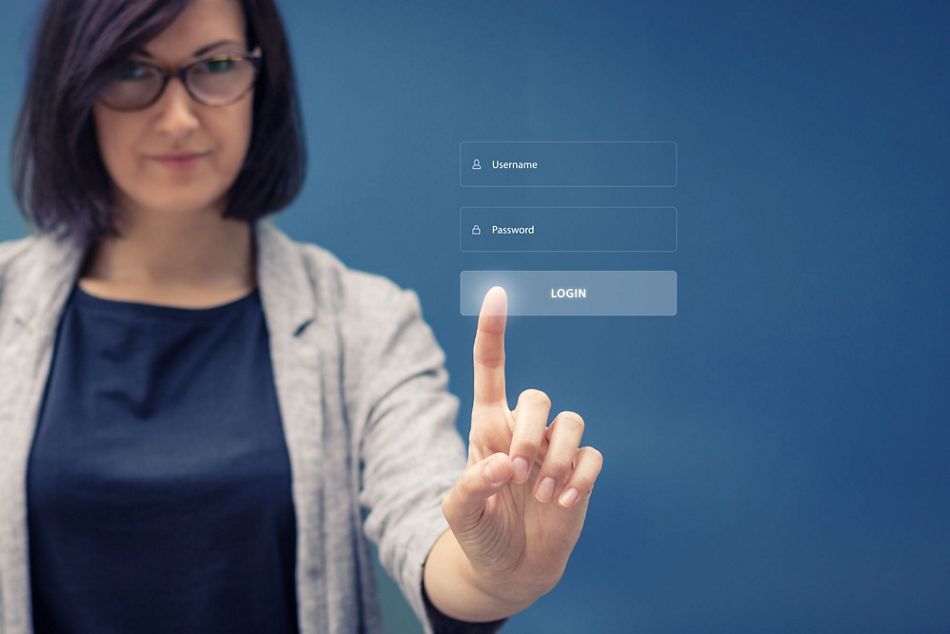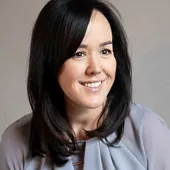
But what about after COVID-19?
Is virtual dentistry here to stay, and if so, what will it look like?
In this article, we are going to look at:
- The different roles that will likely stick around in virtual dentistry
- The effectiveness of the different roles
- How to use these roles in your practice
The role of a treatment coordinator
To this end, the role of the treatment coordinator has been heavily developed over the last decade to become a vital conduit between clinician and patient, helping to ensure patient compliance and increasing treatment take-up for many dental clinics.
Treatment coordinator is then the next stepping-stone to treatment take-up, bridging the gap between the digitally curious and the real-life patient in the chair
The primary aim of the role is to support clinicians whilst enhancing the patient experience, providing an accessible and constant contact throughout any patient journey.
A treatment coordinator is of benefit to a dental business because it demonstrates an invaluable focus on bespoke patient care.
For specialist dental clinics in particular, a treatment coordinator is then the next stepping-stone to treatment take-up, bridging the gap between the digitally curious and the real-life patient in the chair.
However, COVID-19 inevitably had a huge impact on the usual interactions with our patients as routine services were temporarily suspended and clinics forced to close.

The role of digital communications
Countries all over the world had shutdowns due to the COVID-19 pandemic.
In the UK, for example, there were three months of government-enforced closure (from March to June 2020). During this time, it was the early adopters who looked to the digital world to ensure some semblance of continuity of care.
Only by harnessing digital communications were dental practices able to offer remote support to patients throughout the pandemic’s periods of flux and confusion.
This ‘new normal’ saw many dental professionals proactively embrace digital communications as a means of reaching out to patients by:
- Sharing updates on pandemic safety measures on social media platforms, such as Facebook and Instagram.
- Emailing newsletters to patients with key tips and advice about homecare.
- Highlighting what to do in case of emergencies.
- Offering virtual consultations via Zoom for anyone needing to talk with a dentist.
- Sharing key oral health messages and offering tips and advice in blogs on clinic’s websites.
They harnessed all digital channels to engage. With more time to spend online, smart teams also piqued the interest of potential patients by adding value to the dental experience.
Once doors reopened, dentists had to readjust their focus to respond quickly to the fallout. Some treatment plans were abandoned in favour of more urgent cases of painful, untreated oral disease with virtual triaging and digital bookings aiding case assessment.
The role of aesthetic dental treatments
With many people forced to interact digitally in both their personal and work lives, it was the virtual world that helped raise awareness of the possibilities for more aesthetic dental treatments.
When the recovery and restoration phase of COVID-19 began, many clinics saw increased demand for smile makeovers
As video conferencing tools, Zoom quickly become the ‘norm’ they brought with them a new phenomenon – the ‘Zoom effect’.
Forced to spend long periods of time online, it afforded many people the opportunity to reassess their appearance.
For some people it highlighted concerns about their appearance and their smile. So, when the recovery and restoration phase of COVID-19 began, many clinics saw increased demand for smile makeovers and more cosmetic dental procedures, such as whitening and orthodontics.
With limitations on how patients could spend their money throughout lockdown, the scenario also offered the perfect financial opportunity for patients to invest in their new smiles.
As a result, many clinics saw an uptick in requests for virtual smile consultations.

Want to stay up to date?
youTooth.com is THE PLACE TO BE IN DENTISTRY – subscribe now and receive our monthly newsletter on top hot topics from the world of modern dentistry.
The role of virtual consultations
But how has this pandemic left dentistry going forward, and how receptive are patients not just to the introduction of virtual consultations, but to their use in the future? Various studies were conducted in the wake of the first wave. According to one study that investigated patients' and dentists' perceptions of tele-dentistry at the time of COVID-19, dental video consultations were readily accepted by both parties and offered a valid option for care during the crisis. Patients were satisfied with ‘the ease, comprehensiveness and helpfulness of the video consultations and the anxiety and satisfaction levels’ and clinicians found the tele-dentistry platform ‘helpful and easy to perform’.
For triage purposes and initial consultations, teledentistry seemingly had a relatively high acceptance rate and was perceived to be a viable alternative to in-person initial consultations.
Virtual communication is rapidly growing to become widely accepted by patients as a window on the world of dentistry
These findings were supported by another review that took a look at the role of real-time interactive video consultations in dental clinics during the recovery and restoration phase of the COVID-19 outbreak.
It considered a wider use of ‘virtual dentistry’ beyond consultations, including:
- Opportunities for rapport building pre-appointment.
- Virtual tours of a clinic pre-appointment.
- Risk assessment pre-domiciliary visits.
- Reviews of non-urgent orthodontic cases. This helped teams to reduce footfall inside clinics whilst prioritising the clearing of the backlog of urgent cases of those patients who missed appointments during the COVID-19 outbreak.
Authors Trishna Patel and Jason Wong (deputy chief dental officer for England) concluded there was ‘potential for real-time interactive video consultations to have a role within dentistry past the provision of emergency triage and the COVID-19 outbreak’.
Virtual consultations, such as DenToGo, that harnesses AI technology to virtually assess and monitor treatment, as well as educate patients about their oral health status, have become an everyday essential in a dental team’s armoury.
Even before any initial in-clinic consultation, virtual communication is rapidly growing to become widely accepted by patients as a window on the world of dentistry.
Indeed, the early adopters among us might suggest any digital access can only enhance the patient experience – and all before we see them chairside.
Telehealth has definitely helped expand access to dental care for some patients who were restricted from seeing practitioners during this pandemic. But will it prove to be a long-term alternative to face-to-face care?
More likely, it will now be an essential component in any patient journey.
The role of face-to-face care
In April 2021, a patient survey of 2,009 adults to mark National Smile Month and conducted by the Oral Health Foundation and Align Technology found that 12% used telehealth services to access advice and support from their dental clinic during the pandemic. (Oral Health Foundation, 'National Smile Month Survey 2021', UK, Broadcast Revolution, April 2021, Sample 2,009)
Post pandemic, however, figures revealed that 74% would prefer a physical appointment whilst only 15% would prefer a remote or virtual appointment.
Having a clear structure for virtual consultations is key
For those considering cosmetic dentistry, 64% said they would prefer a face-to-face consultation with the dentist, 15% would prefer virtual appointments for progress tracking appointments via a smartphone app and only visit the clinic for emergencies, and 16% would like a mixture of the two options.
The role of a good plan
A combination of virtual and real-life can therefore work to the benefit of the profession and our patients. The pandemic has had an upside – accelerating the acceptance and harnessing of these new technologies by dentists and their teams with a patient base now much more willing to embrace them as part of the ‘new normal’.
Having a clear structure for virtual consultations is key. This enables teams to share key information, lead the discussion in a useful way that builds excitement, and convert the consultation into paid treatment.
Preparation is vital for a successful virtual consultation so we must ensure patients have sent in their photographs before this takes place.
Clarity in communication is also vital to ensuring that patients understand that any virtual consultation is not a replacement for a face-to-face clinical examination or diagnosis more an adjunct.
Situation-specific use of virtual communication, such as orthodontic progress assessments and initial consultations, that are scripted and where boundaries are set, can aid patient care as well as tick boxes with for those more apprehensive about visiting the dentist.
Whilst this pandemic has had huge ramifications for the dental health of many patients who missed out on regular screenings and dental care (we await the figures regarding missed opportunities for teams to detect oral cancer with trepidation), it has also effected rapid change in how we ‘do dentistry’.
The opportunity for dentists to reach out to patients virtually can only enhance many a patient journey and cannot be under-estimated. But nor too can the importance of face-to-face dental care in detection and diagnosis and the role played by treatment coordinators in connecting the two.
Final thoughts
While no one may have foreseen how effective or widespread virtual dentistry would become in the past few years, there’s no denying that it has a place in many dentist practices.
With the potential to fulfil essential client needs through digital communications, virtual consultations, and treatment communication, virtual dentistry can be invaluable.
That being said, most patients strongly prefer in-person appointments and both cleanings and procedures require in-person visits, so virtual appointments will never overtake appointments in person. Virtual dentistry can help facilitate patient care even while in-office visits go back to normal, giving your practice the best of both worlds.
- Virtual dentistry has a place in many dentist practices.
- It can have a great value when it comes to fulfil essential client needs through digital treatment communication and virtual consultations.
- Virtual dentistry is a support that facilitates traditional dentistry but it will never replace the in-person appointments.
Further Reading
Straumann® DenToGo™ is one of the world’s first mobile orthodontics monitoring solutions, which allows for more efficient patient scheduling, increased patient compliance, and personalized messaging.
The Generation Gap: Reaching Everyone from Baby Boomers to Gen Z on Social Media
